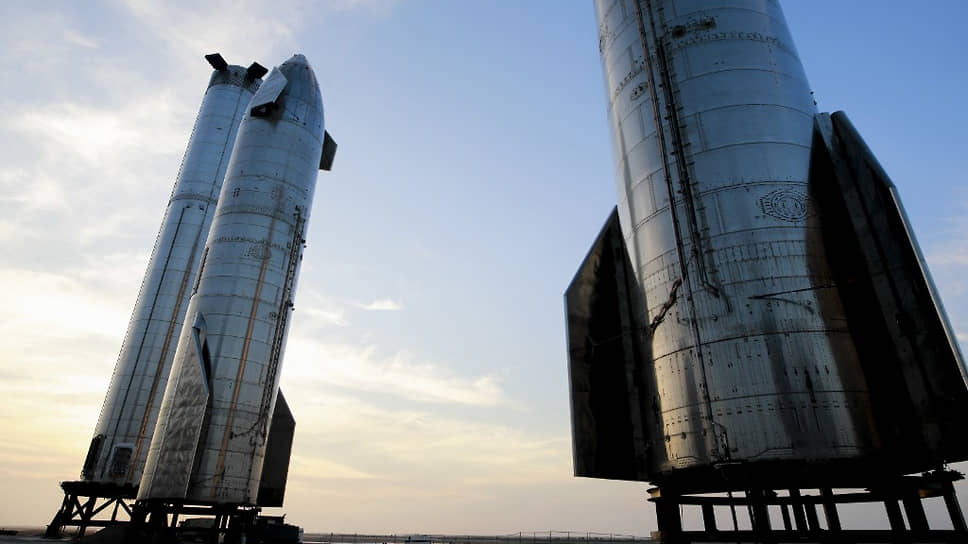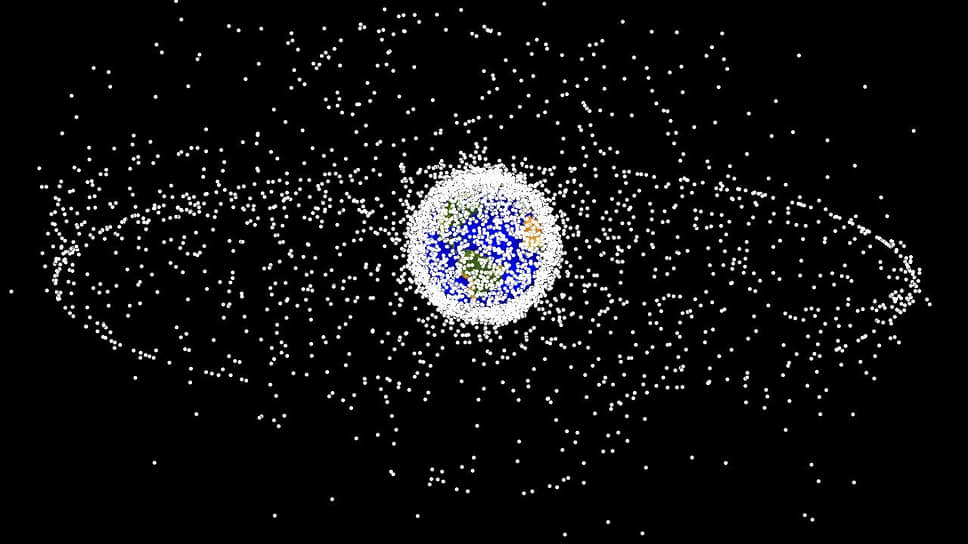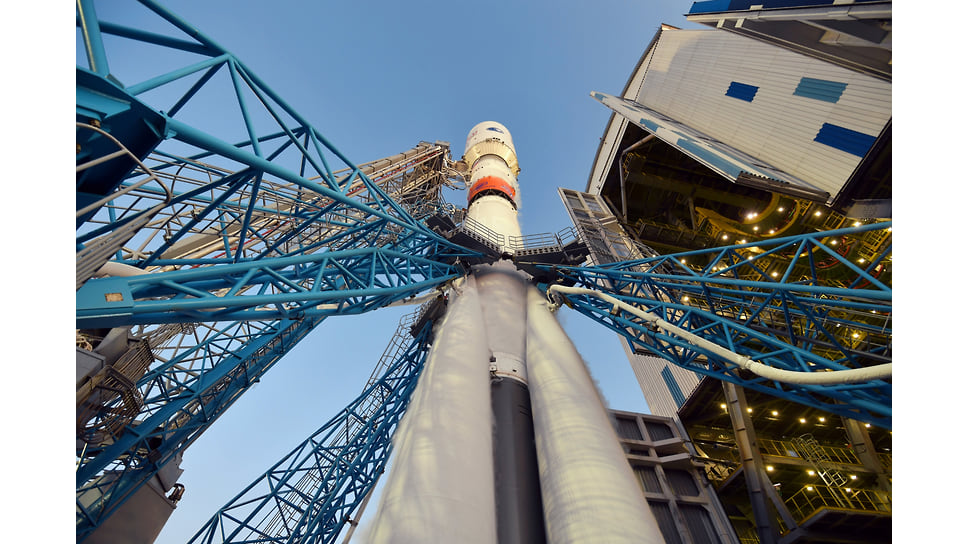The greenhouse effect goes beyond the Earth – Picture of the Day – Kommersant
[ad_1]
The American company Redwire Corporation announced plans to place the first commercial greenhouse in orbit. The company intends to grow plants on the ISS, the launch itself is scheduled no earlier than spring 2023. The authors of the project say that its goal is to develop systems for growing plants during manned flights to other planets.
And we dream of green grass
Redwire Greenhouse Company announced about plans to launch the first ever commercial greenhouse with a full cycle of growing plants, from seeds to fruits, into Earth’s orbit. The greenhouse will be located on the ISS. The grown plants Redwire will send to Earth, where scientists will conduct detailed studies and find out how safe they are to eat.
The cultivation of various crops in space for scientific purposes has been going on for a long time. In the 1970s, Soviet and American cosmonauts began growing green onions, peas, lettuce, and other crops. However, the matter has not yet reached the launch of commercial space greenhouses.
The main problems of growing plants in space are the lack of soil, water and air / carbon dioxide, as well as low gravity, which does not allow plant tissues to fully develop.
As a result, plants lose their taste and are smaller than usual. Another problem is the increased radiation in space, which can affect the DNA of plants.
“The Redwire Greenhouse project expands the scientific research to improve the production of grains on Earth and will analyze the prospects for the production of crops in space for long-term human spaceflight,” said Dave Reid, project leader of this project at Redwire Corporation. “Producing a full-fledged crop in space will be critical important for the future of space exploration, since plants carry not only nutritional value, but also produce oxygen and regenerate water. Increasing the production of plants in space on a commercial scale will be an important step for the development of new projects, such as NASA’s Artemis project (a manned flight to the Moon, scheduled for 2024.— “b”), and future missions.”
The Redwire project is funded by the US ISS National Research Laboratory. The greenhouse will use a special hydroponic system PONDS (Passive Orbital Nutrient Delivery System), developed jointly with Tupperware Corporation and already approved by NASA.
Space technologies at the service of earthlings
Some researchers are still farther and believe that space-based crop systems will also be useful on Earth, where resources are already scarce, for the foreseeable future. Company Orbital Farmfor example, is developing closed-loop dome farming projects.
The firm promises to counter intensifying climate change. And also to develop agriculture in regions that are now of little use for this (mountainous, cold, arid, and so on), solving the problem of hunger in poor countries, often located in such regions. The company develops projects for the production of not only cereals, vegetables, fruits, but also fish and seafood.
NASA last year built a special “vertical farm”, which uses developments in growing plants in orbit. The farm was created in collaboration with Plenty Unlimited, a corporation specializing in vertical farms, which are already gaining popularity around the world.
Combining hydroponic technology and controlled environment agriculture, Plenty’s vertical farm can significantly reduce not only the area required for growing crops, but also the volume of soil and water, since their distribution is clearly controlled by a computer system. The farm works in a closed cycle, processing waste products into new nutrients.
On an area of 2 acres (0.8 ha), it is capable of producing a volume of agricultural products comparable to that of a conventional farm of 720 acres (290 ha).
Another potentially useful development for the Earth, originally intended for space, could be completely edible crops (Whole-Body Edible and Elite Plant – WBEEP). At the end of last year, Chinese scientists declared about research in this area. Influencing the biosynthesis of potatoes, scientists suggested block or significantly reduce the production of solanine in it – a poisonous compound contained in the fruits (“berries”) of potatoes, which makes them unsuitable for food under normal conditions. And biofortification (increasing the nutritional value through fortification and selection) of leaves and stems can increase the edibility of these parts of the potato plant.
The researchers believe that such technologies will help not only provide astronauts with completely edible plants during the flight, but also optimize agriculture on Earth. “We understand that the practical application of WBEEP technologies in space for good nutrition is still difficult to achieve in the near future. But we believe that these technologies are very promising – and not only for space, but also for traditional agriculture,” the authors note.
[ad_2]
Source link











